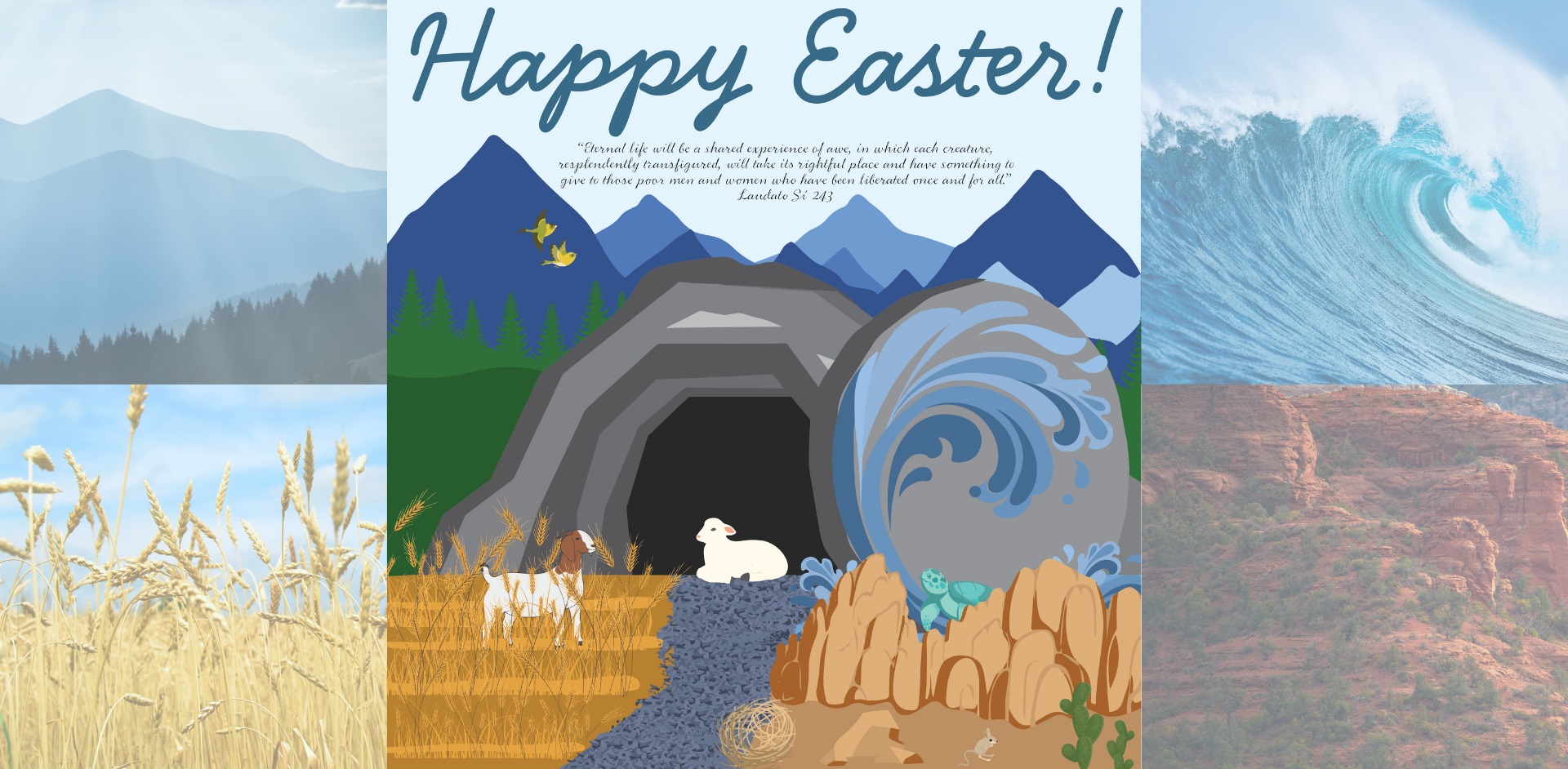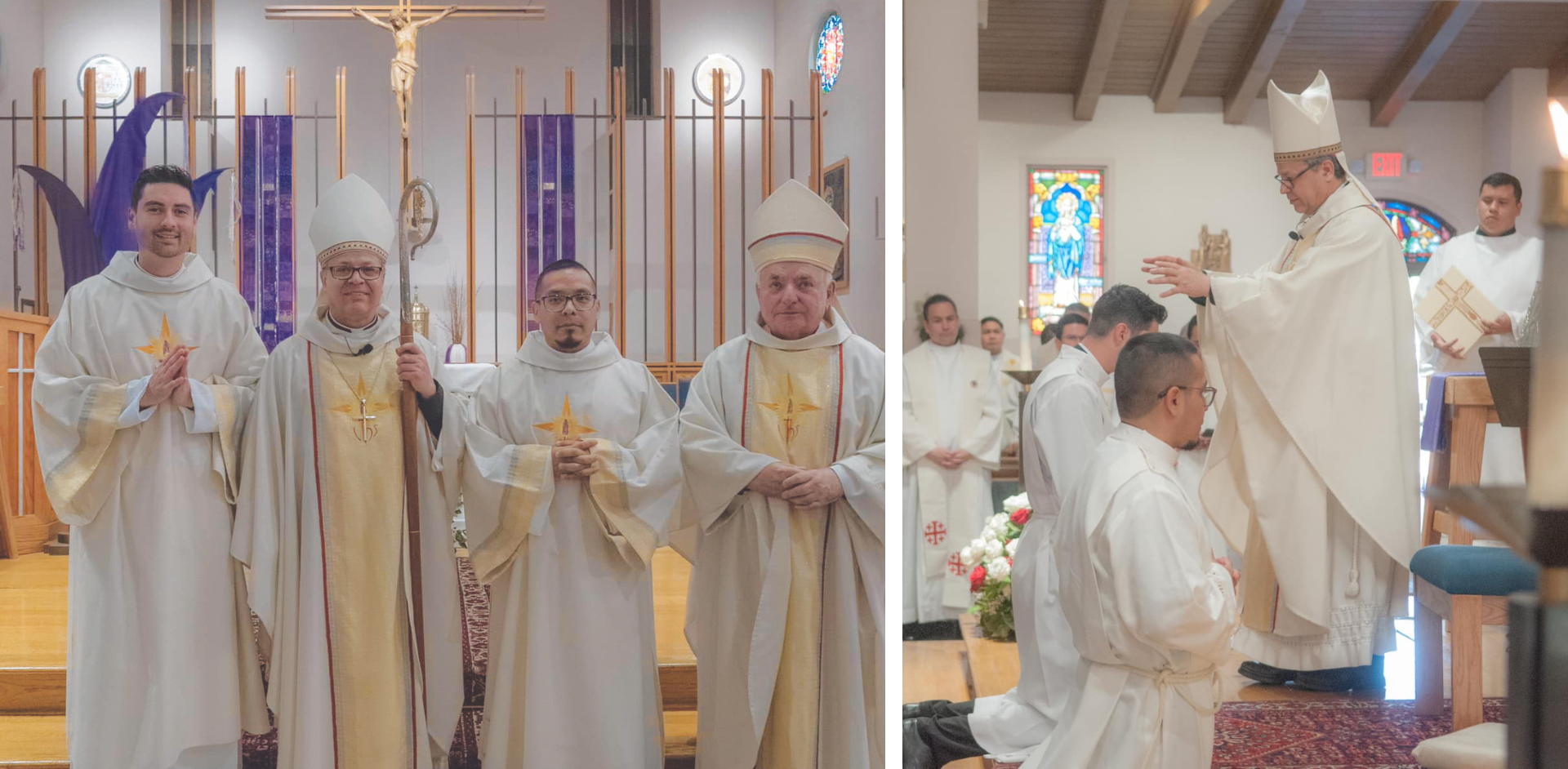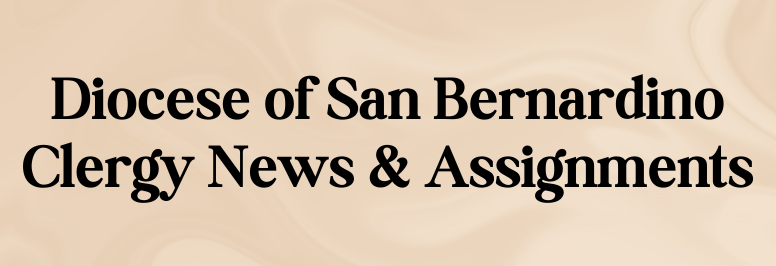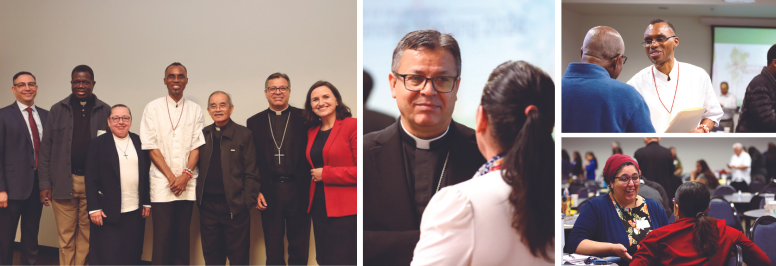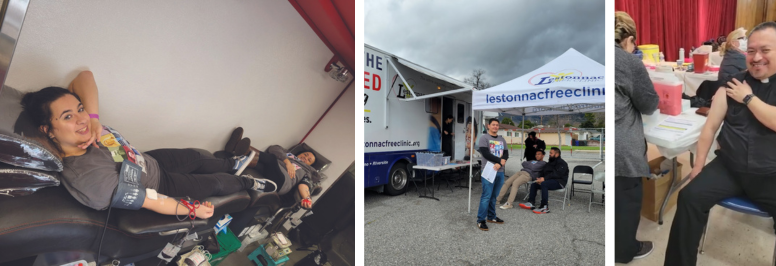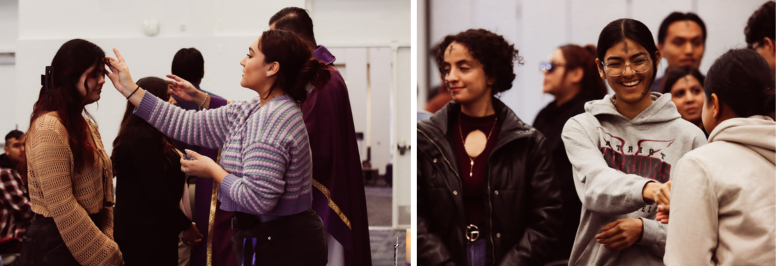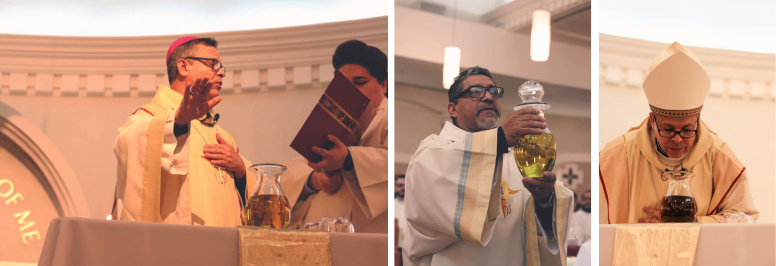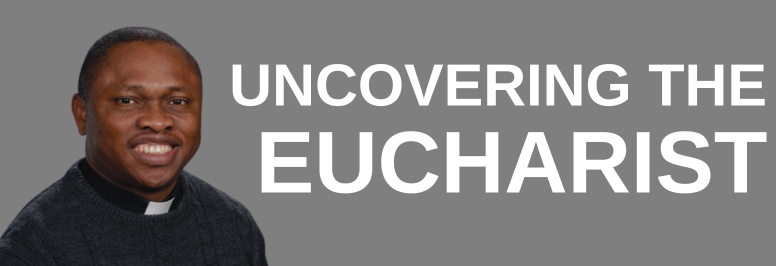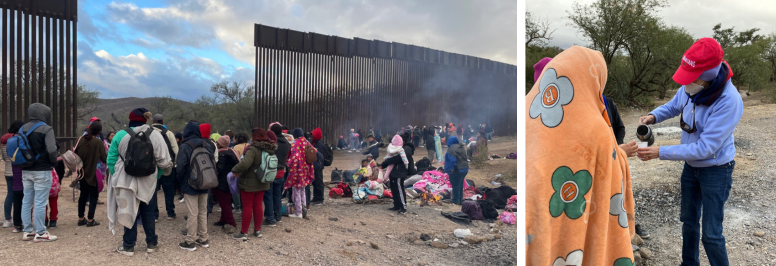But this season also holds a character of nostalgia and melancholy. The days begin to shorten and the shadows lengthen as the earth seems to glow in a golden hue, almost sepia-toned. The social reformer/American author Henry Ward Beecher eloquently describes it this way, “October is nature’s funeral month. Nature glories in death more than in life. The month of departure is more beautiful than the month of coming-October than May. Every green thing loves to die in bright colors.” In the Northern Hemisphere, the Autumnal Equinox occurs around the same time as the harvest season, but the harvest also brings to mind the sickle, the grain of wheat that must fall to the ground and die in order to produce fruit (Jn 12:24).
As we approach the end of the liturgical year, the church provides us with a beautiful gift. We are given a time to reflect on the mystery of death and to connect with those who have passed away through memory and ritual. On November 1 we celebrated the solemnity of All Saints, and on November 2 we celebrated the Commemoration of All the Faithful Departed or All Souls’ Day. The liturgical celebrations provide occasions to delve into our Church’s rich teaching in many areas such as the orthodox Catholic view of this celebration, praying to saints, praying for souls in purgatory, or the mystery of life and death itself.
I would like to share two ideas that I think are not commonly discussed regarding All Souls’ Day, its link with inculturation, and the communion of saints as a spiritual bond of family. The National Directory for Catechesis tells us that inculturation “occurs within a dynamic process” (NDC, 64). Various interactive elements are part of this process and one of those elements involves listening to the culture in which the faith is sown and takes root. This process is more than a veneer of communicating a static faith translated into something deemed culturally adequate. Rather, it is the dynamic process by which the whole is enriched.
The Catholic celebration of All Souls has roots in Medieval Europe but, being a universal church, the European tradition has come to be enriched by our faith’s taking root in Latin America. Día de los Muertos is a celebration that emphasizes the cultural value of family, even beyond the limitations of this earthly life. The origins of the modern holiday are traced to Aztec traditions of ancient festivals of the dead.
But the practices which have survived to the modern day signify the culture’s deeply held value of family bonds and communal social structures. These values inform their spirituality. The customs include visiting and decorating the burial sites where loved ones were laid to rest, telling stories of the deceased, putting out the favorite foods of loved ones on altars, and praying for them. The Catechism of the Catholic Church tells us that, “The Catholic wisdom of the people is capable of fashioning a vital synthesis. . . . It creatively combines the divine and the human” (CCC, 1676). There is no reason to fear bringing cultural heritage into the life of the Church, especially when the values not only align with the faith but add a character not previously held.
The pre-Colombian practice of ofrendas stresses the value of family within the culture and emphasizes a particular aspect in the doctrine of the communion of saints. During this season, take time to reflect on our union in the mystical body of Christ. There is value in gathering as family and enjoying the presence of loved ones who have passed away through sharing memories and in prayer. May we find comfort in the hope that “we shall never be separated, for we live for Christ, and now we are united with Christ as we go toward him . . . we shall all be together in Christ” (CCC, 1690).
Ray Almanza is the San Bernardino/High Desert Vicariate Coordinator for the Office of Catechetical Ministry in the Diocese of San Bernardino.


